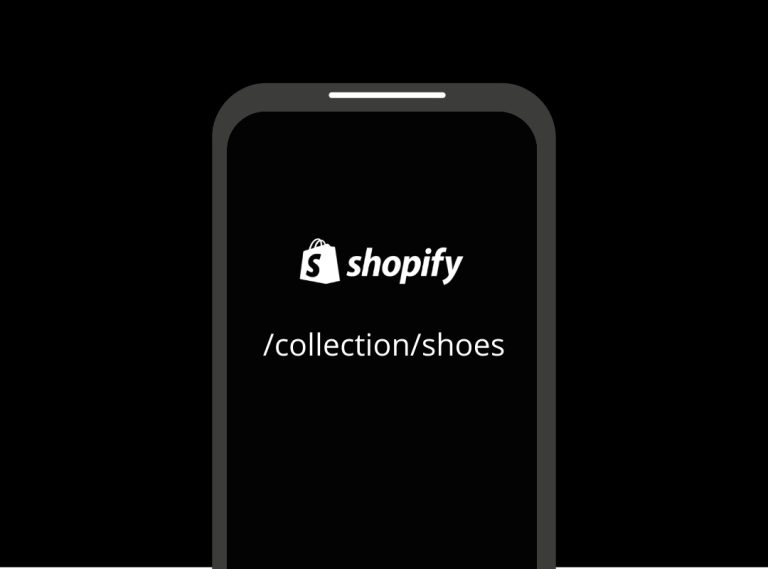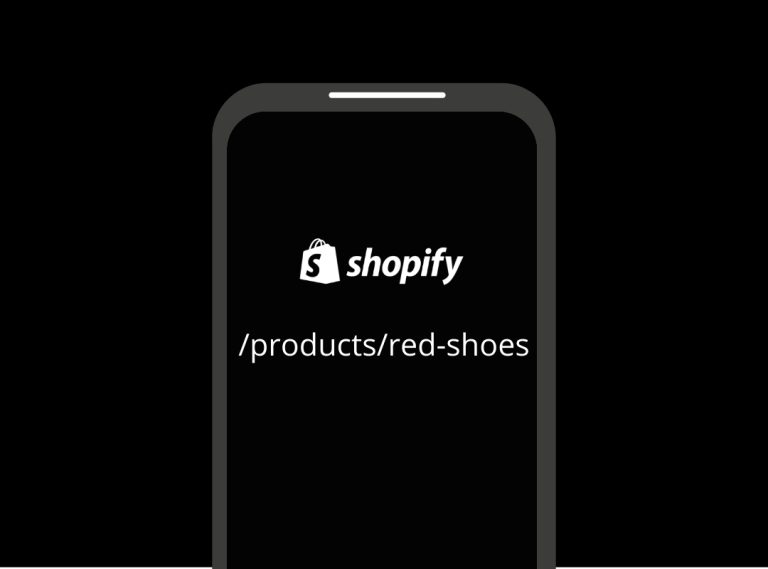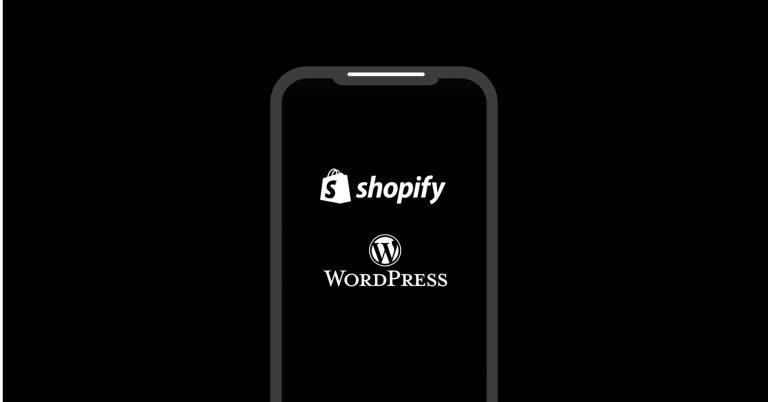Breaking into new European markets is top of mind for many successful UK Shopify brands. But moving from a single, home-country site to true international commerce brings a wave of Shopify SEO, technical, and logistical challenges—especially when it comes to domains, languages, local payment preferences, and maintaining unified branding.
In 2025, UK merchants now have more tools than ever to help conquer cross-border growth, but getting the setup right is vital. Mistakes can mean wasted crawl budget, cannibalised rankings, checkout drop-offs, and a diluted brand message. In this guide, we’ll walk you through the best-in-class strategies for:
- Enabling multi-language and multi-currency with Shopify Markets
- Choosing the right international domain structure for SEO
- Implementing hreflang tags for language and country targeting
- Localising content, payment options, and checkout flows
Whether you sell eco-friendly fashion, luxury goods, or cutting-edge tech, this deep dive will help futureproof your expansion across Europe—and set your brand apart from competitors with generic, poorly localised stores.
Why Internationalising Your Shopify Store Matters
Shopify powers more than 4 million stores worldwide, and thousands of UK brands are now “thinking global.” But selling abroad isn’t just a matter of shipping to France or Germany. Google and other search engines treat international domains, languages, and user experience as fundamental ranking signals.
Key SEO and Business Reasons to Internationalise Properly:
- Maximise organic reach: Unlock search traffic for local language and country queries—beyond English and .co.uk
- Boost conversion rates: Local payments, accurate currency display, and fully localised messaging reduce friction
- Stay competitive: Win customers from local players who have optimised sites, pricing, and checkout flow
- Protect brand reputation: Avoid SEO disasters like duplicate content, missing hreflang, or fragmented domains
Step 1: Building a Multi-Language and Multi-Currency Store with Shopify Markets
As of 2025, Shopify Markets is the most powerful native solution for cross-border selling, allowing store owners to manage regions, languages, currencies, and even localised content—all from a single interface.
What is Shopify Markets?
Shopify Markets lets you:
- Define geographic regions (“markets”) and create relevant experiences for each
- Translate store content automatically or manually
- Enable multi-currency checkout, showing prices and processing payment in the user’s own currency
- Manage custom domains for different countries or languages
How to Set Up Shopify Markets for Europe
- Enable Shopify Markets in your admin panel
- Create your target markets (e.g. France, Germany, Spain, Italy)
- Enable languages using Shopify’s built-in translation tools, external translation apps, or manual editing (over 20 European languages supported)
- Activate multi-currency payments to show and accept Euro, Swiss Franc, Swedish Krona, etc.
- Set up local domains or subfolders (more on this below)
Multi-Language Content: Best Practices
Shopify core theme content (product titles, descriptions, checkout, menus) can be translated using:
- Shopify’s built-in translation editor
- Shopify Translate & Adapt app (free for 2 languages)
- Pro apps like Langify, Weglot, or TranslateMyStore (ideal for advanced needs)
- Manual translation for brand-sensitive content
Don’t use automatic Google Translate for key conversion pages: It can break tone and reduce trust. Use native speakers for top markets.
Multi-Currency Checkout: Why It Matters
92% of European consumers want payment in local currency, according to Shopify’s own research. Shopify Markets allows seamless checkout, lets users pay in Euros or other local options, and processes payments securely.
Step 2: Choosing the Right International Domain Structure
Your domain structure is the backbone of your international SEO. The goal: provide unique, crawlable URLs for each country/language, so Google can index, rank, and serve the right version to users in every market.
The Three Main Approaches
| Structure | Example | Pros | Cons |
|---|---|---|---|
| ccTLD | brand.fr, brand.de | Strong geo-target, trust, independent SEO | Expensive, fragmented authority |
| Subdomain | fr.brand.com | Easy to set up, separate analytics | Weaker geo signal, can be confusing |
| Subdirectory | brand.com/fr | Most recommended, share domain authority | Slightly weaker geo-target, some technical limits |
1. Country Code Top-Level Domains (ccTLDs)
E.g. mybrand.fr, mybrand.de
- Strongest geo-targeting (Google sees .fr and .de as “regional” sites)
- Often higher trust from local buyers
- Requires separate hosting, setup, and SEO authority building for each country
- Can be complex for SME brands
2. Subdomains
E.g. fr.mybrand.com, de.mybrand.com
- Simple to set up in Shopify
- Lets you separate tracking, local content strategies
- Google sees subdomains as distinct “sites” (splits authority somewhat)
- Potential for technical mistakes/confusion
3. Subdirectories (Recommended for Most Brands)
E.g. mybrand.com/fr, mybrand.com/de
- Easy to configure in Shopify Markets
- Shares full domain authority, easier to maintain global link equity
- Simple to create/unify content management and technical setup
- Slightly weaker local trust than ccTLD, but practical for scaling fast
What’s Best?
For most UK Shopify stores expanding across Europe, subdirectories offer the best mix of SEO power and maintainability. Local ccTLDs are recommended only for large, established brands with resources for truly independent regional sites.
Action steps:
- Set up
/fr,/de,/esfolders in Shopify via Shopify Markets - Ensure each language/country variant is indexable with its own clean URL
Step 3: Implementing hreflang Tags for Language and Country Targeting
If there’s one technical SEO item you cannot skip when internationalising your Shopify Website, it’s hreflang tags. These HTML attributes tell Google what language and country each page targets, preventing duplicate content penalties and ensuring the right users see the right versions.
What are hreflang Tags?
hreflang tells Google:
- This page is for French speakers in France (
fr-FR) - This page is for German speakers in Switzerland (
de-CH) - This page is for English speakers everywhere (
en)
How hreflang Works in Shopify
Shopify Markets automatically generates basic hreflang markup for each store region and language you setup. Check your theme’s <head> for lines like:
xml<link rel="alternate" href="https://mybrand.com/fr" hreflang="fr-FR" />
<link rel="alternate" href="https://mybrand.com/de" hreflang="de-DE" />
For advanced customisation or to fix errors, you may need a developer to tailor hreflang tags. Advanced translation apps often support custom hreflang configuration for complex setups.
hreflang Tag Tips
- Always specify both language (“fr”) and country (“FR”) where appropriate
- Include a “default” version (often
x-default) for users not matched by other variants - Every page with a translated/region variant should have corresponding hreflang and alternate tags
Common hreflang Mistakes to Avoid
- Linking only homepage/slugs, not full URL structure
- Forgetting x-default or omitting the base page
- Not updating hreflang when URLs/structures change
Action steps:
- Audit hreflang setup after launching Markets and check with tools like Screaming Frog or Ahrefs
- Ensure every indexed page has correct hreflang tags
Step 4: Localising Content and Payment Options
European consumers aren’t just looking for English language versions—they want full localisation: messaging, images, payment types, checkout process, and after-sale service.
How to Localise Your Shopify Store Effectively
1. Content and Messaging
- Translate product titles, descriptions, menus, checkout, and promos for each market
- Localise imagery (French buyers want French models, local scenes, regionally relevant lifestyle shots)
- Ensure regulatory content like returns, shipping, and terms are market-specific
2. Local Pricing and Currency
- Use Shopify Markets to activate regional pricing
- Factor in local tax rates and shipping costs clearly at checkout
- Offer discounts and promotions tailored for market holidays (e.g. French Christmas sales, German Oktoberfest)
3. Payment Methods
- Offer payment gateways popular in each market:
- France: CB, Paylib, Apple Pay
- Germany: Sofort, Giropay, PayPal
- Spain: Bizum, local credit cards
- Use Shopify Payments or third-party integrations supporting Europe-wide solutions
4. Customer Support
- Offer email, chat, or phone support in local language for top markets
- Use translation apps for live chat or invest in native speakers for high-volume regions
Action steps:
- Identify your top target countries and their local preferences before launch
- Use Shopify’s payment dashboard to activate relevant gateways
Step 5: Technical SEO and Logistical Considerations
International Shopify expansion isn’t only about the front-end experience. Back-end SEO and logistics play a direct role in ranking and conversion.
SEO Technical Checklist
- Ensure every region/language version is crawlable and not blocked by robots.txt
- Update XML sitemaps to include all international URLs
- Avoid duplicate content: don’t just clone pages, always localise!
- Canonical tags: set canonical URLs to the correct regional version
Logistics and Fulfilment
- Decide how you’ll fulfil orders across Europe: UK warehouse, EU 3PL, dropship, or hybrid?
- Factor in Brexit-related customs, tax, and shipping rules for each market
- Display accurate shipping times and costs on every market’s version
- Update legal documents (GDPR, returns policy, privacy) for each jurisdiction
Case Study: From .co.uk to Pan-European Success
Let’s look at a real-world scenario:
A UK-based eco-friendly fashion brand sells via shopbetter.co.uk and wants to enter France, Germany, and Italy.
Step-by-step:
- Activates Shopify Markets, enabling multi-currency and French/German/Italian translations.
- Chooses subdirectory structure: shopbetter.co.uk/fr, /de, /it.
- Sets up hreflang tags for each new region:
- Homepage:
fr-FR,de-DE,it-IT,en-GB,x-default
- Homepage:
- Localises product titles, size guides, and brand story for each country.
- Enables Sofort for German checkout, CB for French, and PayPal for all regions.
- Updates XML sitemap, ensures robots.txt allows all /fr and /de pages.
- Runs launch campaigns for French Christmas sales, German Black Friday.
Results after 6 months:
- 38% growth in organic traffic from France, 25% from Germany
- Checkout conversion rises 22% in France after enabling CB cards
- Zero duplicate content penalties from Google (verified in Search Console)
- Brand receives 4.7/5 review average from local buyers
Pitfalls to Avoid When Going International
- Half-translated sites: Never rely solely on automated translation; hire native speakers for core pages
- Missing hreflang tags: These cause duplicate content problems and wrong region rankings
- Fragmented domains: Don’t randomly add ccTLDs or subdomains that split SEO equity
- Ignoring local compliance: Privacy, returns, cookie warnings all differ in Europe
- Neglecting payment options: If you don’t add regionally popular gateways, you’ll lose sales
The Future of Shopify Internationalisation
Shopify continues to roll out improvements like easier local domain management and more payment integrations for Europe. But the fundamentals remain:
- Unique, crawlable URLs for every country/language
- Fully localised, culturally relevant content and checkout
- Proper hreflang implementation for clear SEO signaling
- Seamless logistics and compliance for every region
Brands that put in the work will stand head and shoulders above competitors still relying on generic, one-size-fits-all solutions.
Conclusion: Get International Right—Win Across Europe
Internationalising your Shopify store is a transformative investment. By using Shopify Markets, optimising domain structure, implementing hreflang, and localising every aspect from content to payments, UK merchants set the stage for sustained ranking and revenue growth across Europe.
Whether you’re just starting the journey or rethinking an outdated cross-border setup, following these steps will help you maximise SEO, delight buyers, and futureproof your brand against shifting regulations and consumer trends.
Ready to take your Shopify store international? If you need hands-on help, Better Ranking offers expert SEO consulting for global commerce brands. Get in touch for a free strategy session and start putting your store on the map—from Paris to Berlin and beyond.




